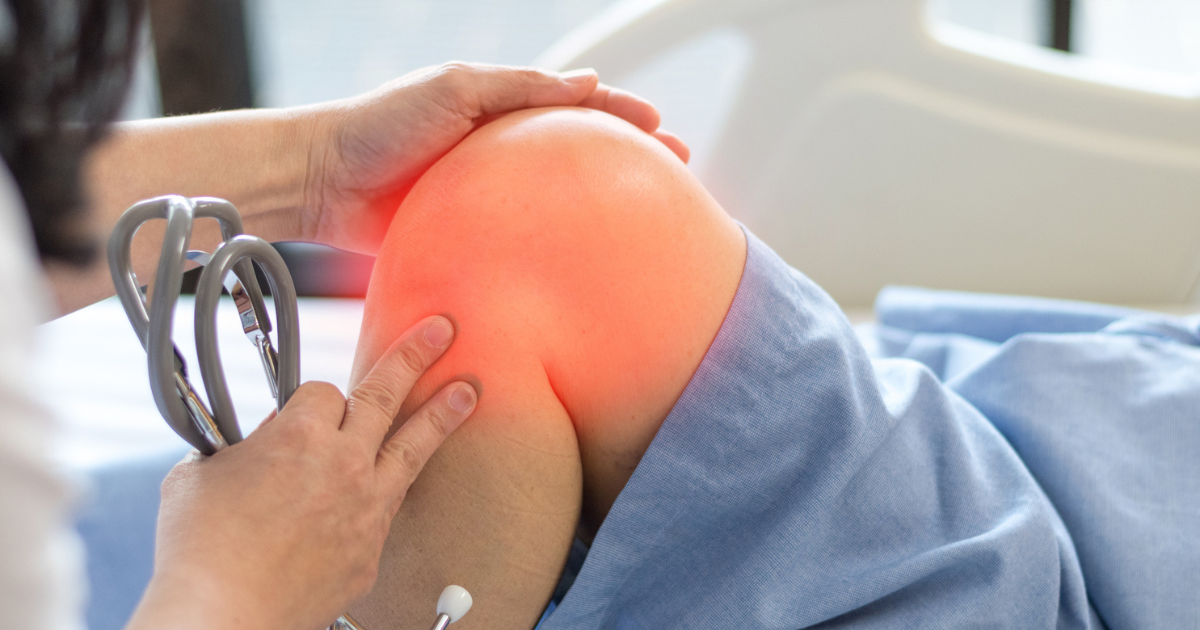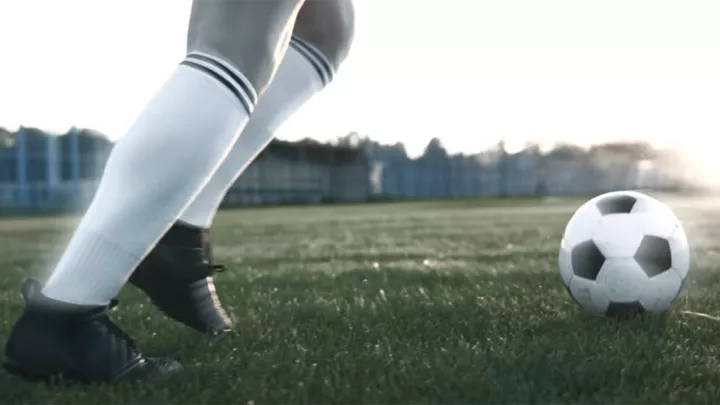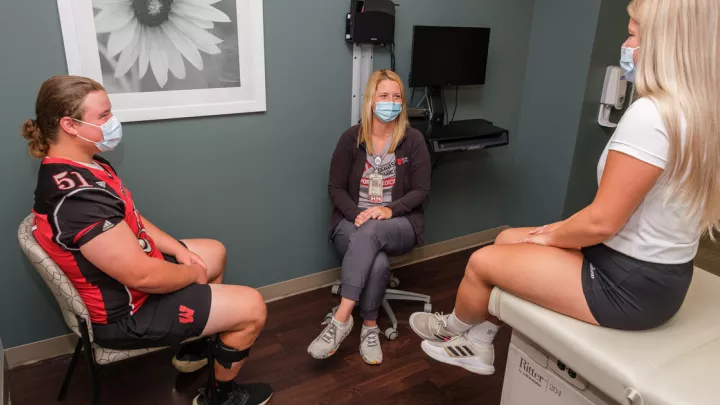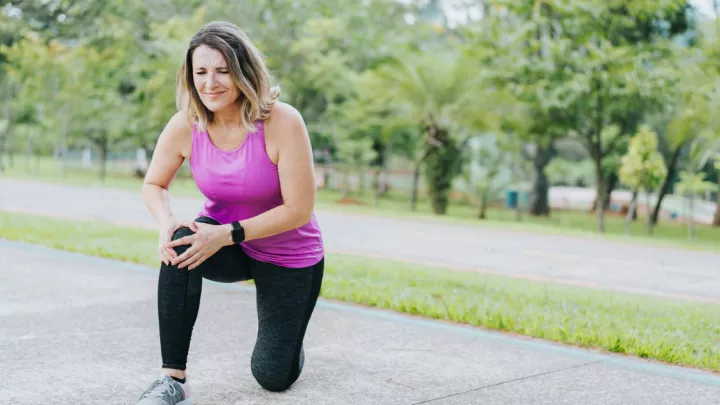New ACL procedure maximizes healing

Anterior cruciate ligament tears are common athletic knee injuries affecting over 250,000 people annually in the United States. The current standard of care is a reconstruction to create a new ACL using patellar, quadriceps or hamstring tendons. While the results are excellent, this involves harvesting the graft from elsewhere in the knee and drilling tunnels through the bone.
Now, there is a new option to repair and preserve the native ACL. The BEAR procedure (bridge-enhanced ACL restoration) uses a special collagen scaffold to help the injured ACL heal. Designed initially in Boston, it has been researched extensively over the past 10+ years and was recently approved by the Food & Drug Administration for patients over the age of 14.
Orthopaedic surgeon Matthew Tao, MD, says, “ACL tears are devastating injuries for athletes of any age. We are always looking for ways to improve and help our patients recover safely and efficiently. I am very excited that we have a new option in ACL surgery that allows for a less invasive, more biologically friendly approach.”
For those individuals with recent ACL injuries, BEAR may be a possibility worth considering. “Ultimately, our goal is to stabilize the knee and get patients back to the activities they love. BEAR gives us a new and exciting way to do that,” says Dr. Tao.
For questions on knee issues, including ACL tears, call 800.922.0000 to see our Sports Medicine team.







